Filter products
Sherry is a type of fortified wine that is produced in the Jerez region of Spain. It is made from white grapes, such as Palomino, and matured in oak barrels. Sherry can be dry or sweet and comes in different styles such as fino, manzanilla, amontillado, oloroso and cream sherry. Sherry is matured using a process called "solera", which ensures a consistent flavour profile and unique character. Sherry pairs well with tapas, cheese and seafood and is a popular choice for drinking and cooking. Overall, sherry is a versatile and delicious wine with a rich history and tradition from Jerez, Spain.
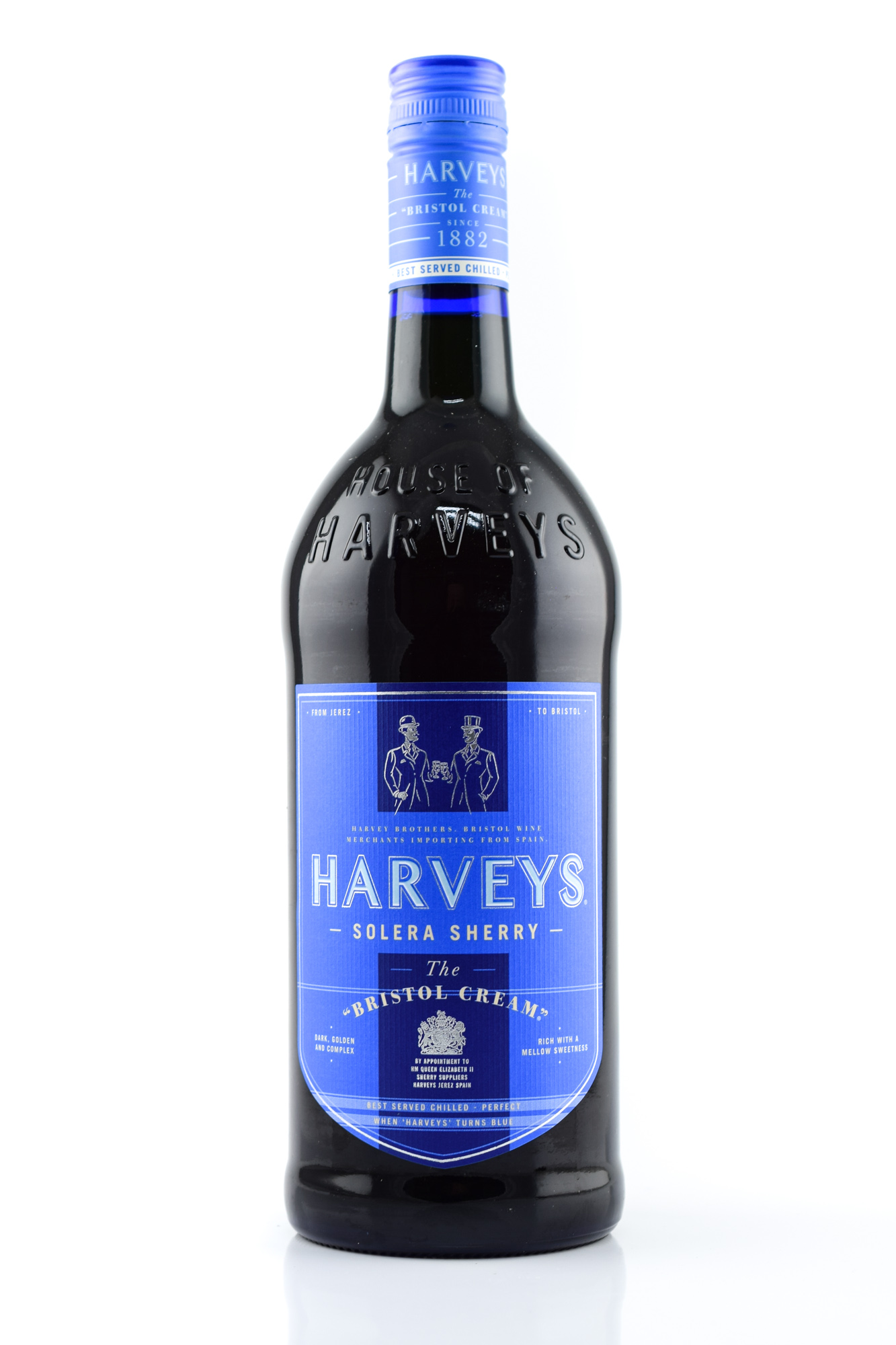
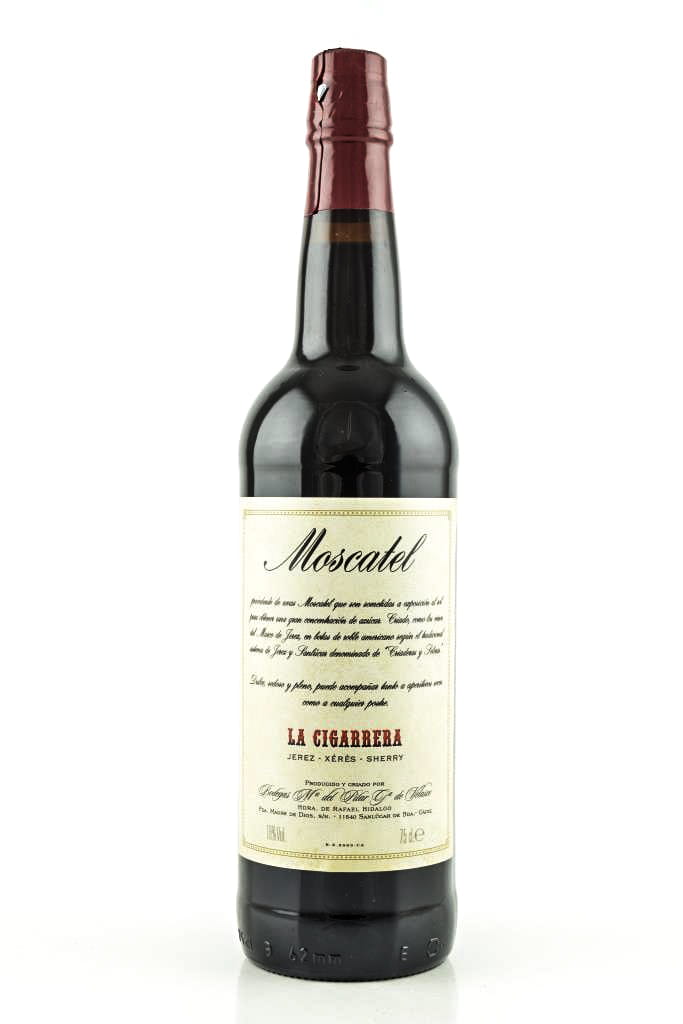
Average rating of 4.7 out of 5 stars
Content: 0.75 Liter (€27.32 / 1 Liter)
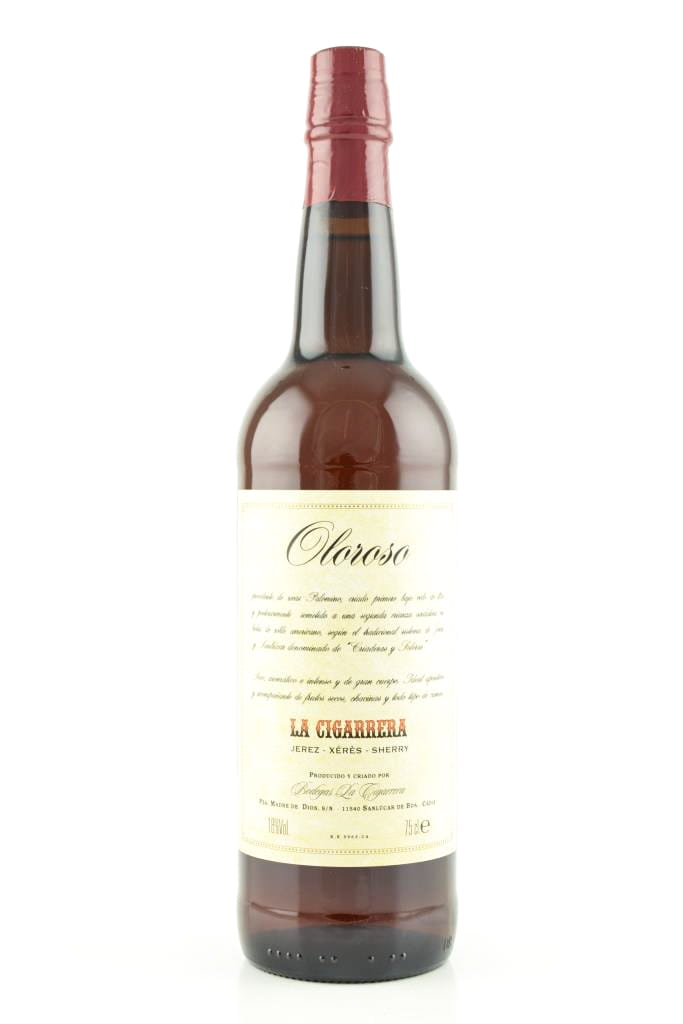
Average rating of 4 out of 5 stars
Content: 0.75 Liter (€21.32 / 1 Liter)
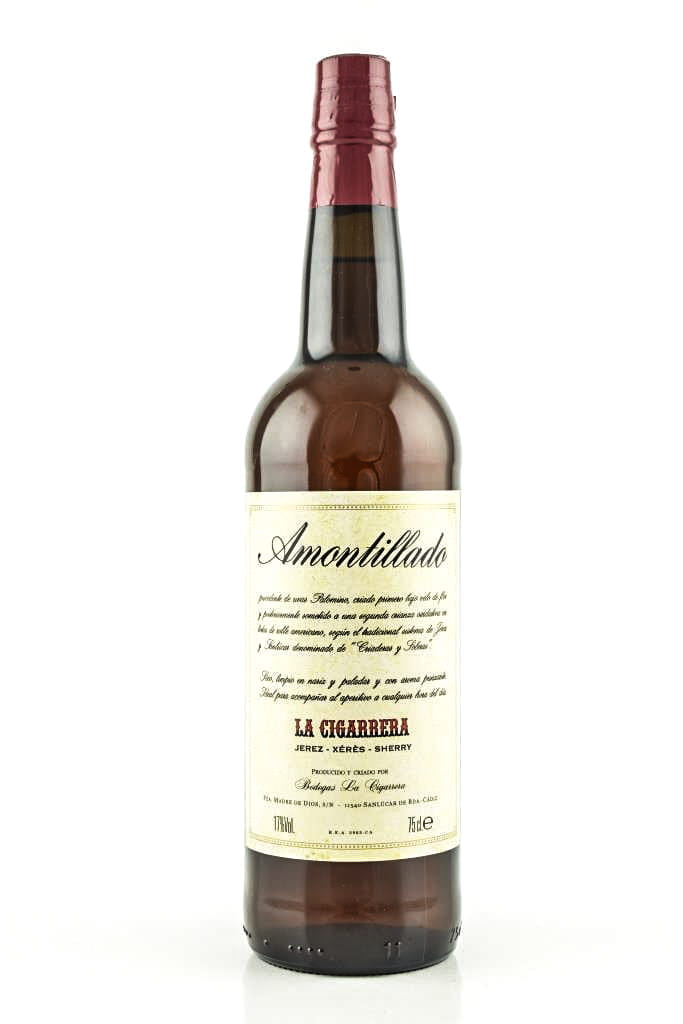
Average rating of 4.2 out of 5 stars
Content: 0.75 Liter (€22.65 / 1 Liter)
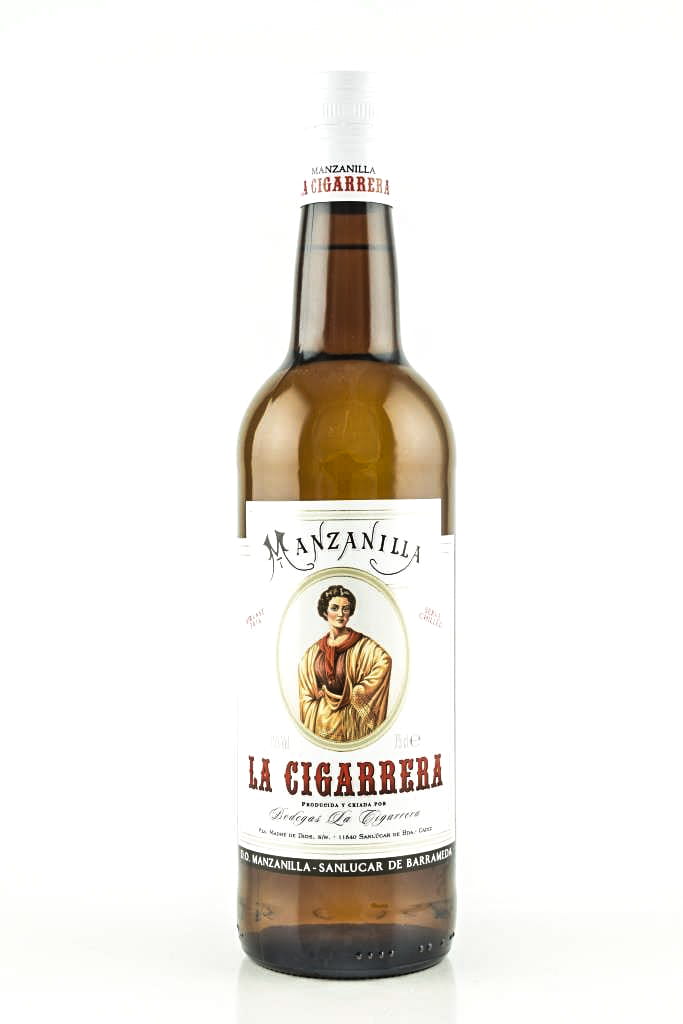
Average rating of 3.3 out of 5 stars
Content: 0.75 Liter (€17.32 / 1 Liter)
CODE: BLACK25
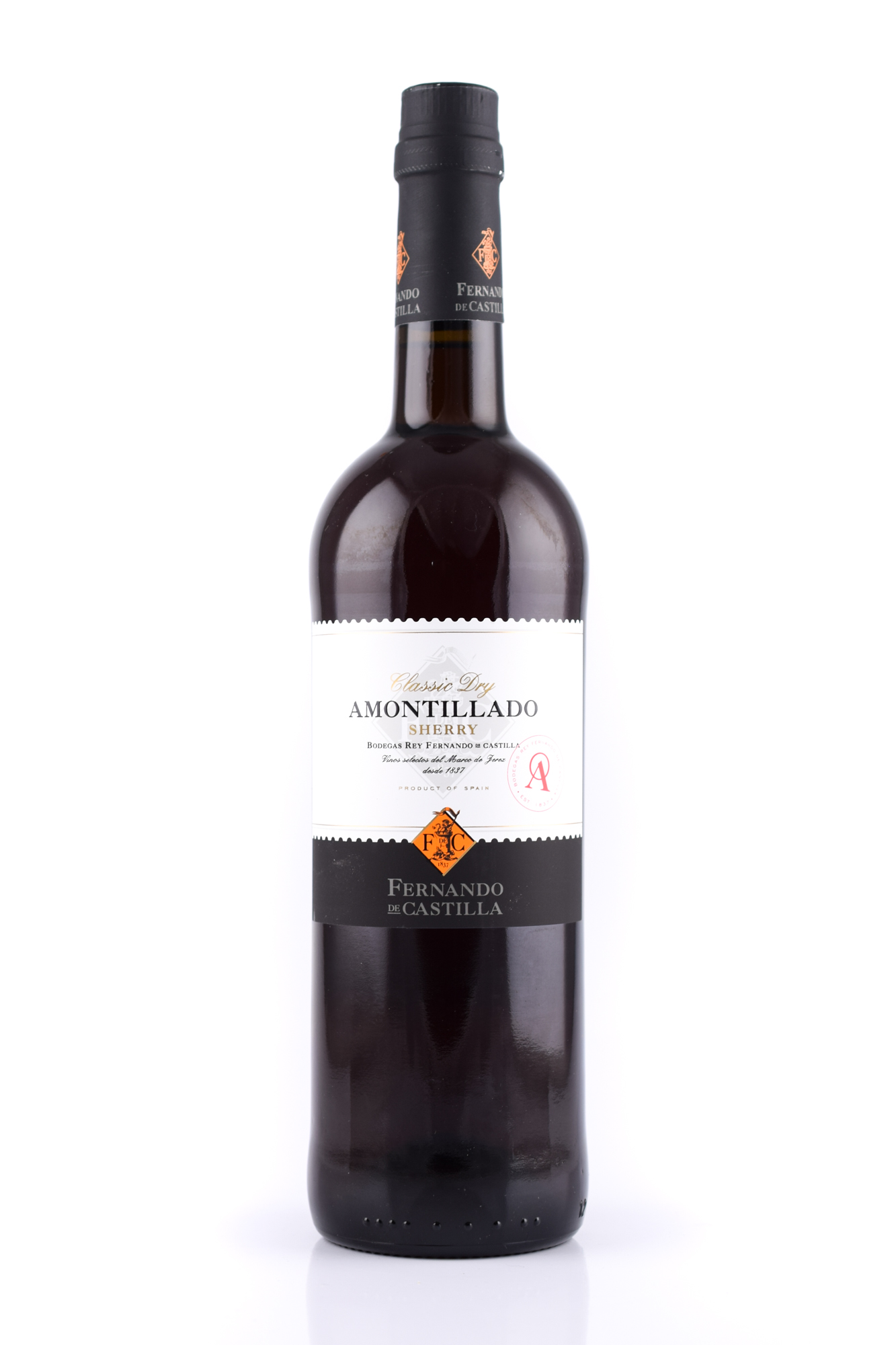
Content: 0.75 Liter (€17.99 / 1 Liter)
CODE: BLACK25

Content: 0.75 Liter (€21.32 / 1 Liter)
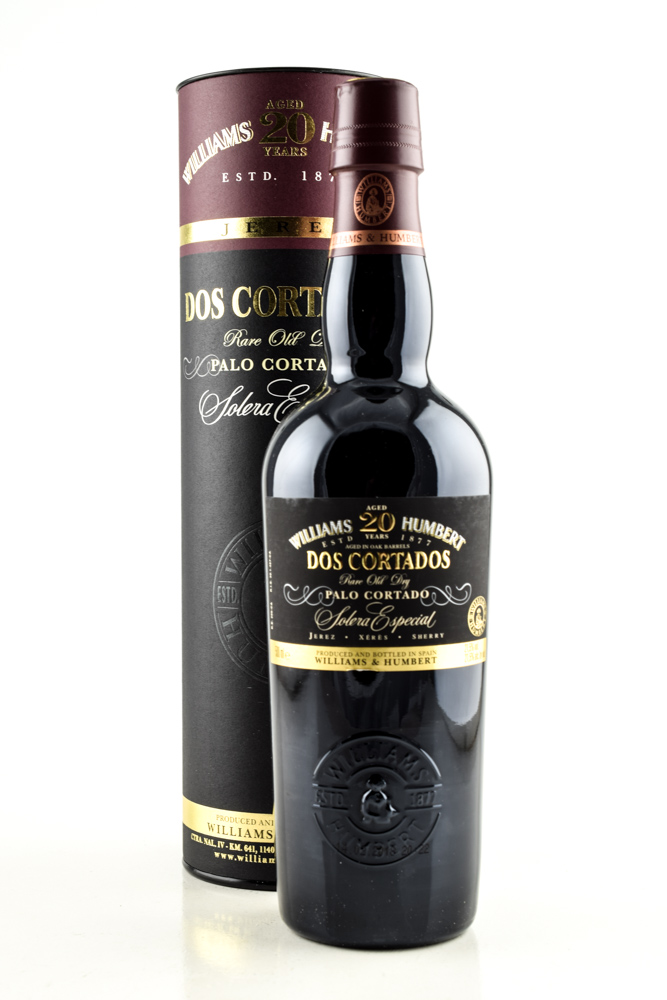
Content: 0.5 Liter (€57.98 / 1 Liter)

Content: 0.75 Liter (€21.99 / 1 Liter)

Content: 0.7 Liter (€27.13 / 1 Liter)

Content: 0.7 Liter (€27.13 / 1 Liter)

Content: 0.7 Liter (€17.13 / 1 Liter)